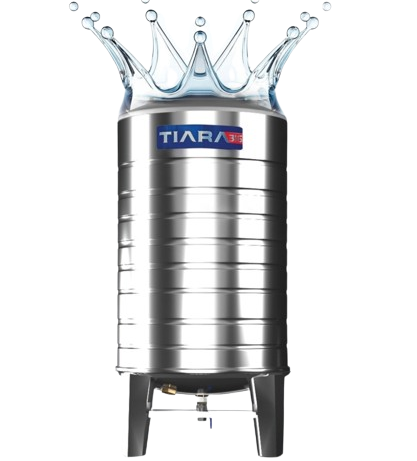
Introduction:
Access to clean, potable water is a fundamental human right and a necessity for public health. With increasing concerns over water quality and contamination, the materials used in water storage facilities have become a focal point for ensuring safe consumption. Among these materials, stainless steel has emerged as a superior choice for water tanks. This blog post explores the role of stainless steel tanks in maintaining water potability and highlights their benefits over other conventional materials.
Understanding Water Potability:
Water potability refers to the safety and suitability of water for human consumption. It involves a complex evaluation of physical, chemical, and microbiological factors. Potable water should be free from harmful contaminants and pathogens, maintaining clear and safe characteristics. Therefore, the storage system plays a critical role in preserving water quality from source to tap.
The Advantages of Stainless Steel Tanks:
1. Corrosion Resistance: One of the primary advantages of stainless steel is its intrinsic resistance to corrosion. Unlike traditional materials such as concrete or galvanized iron, stainless steel does not degrade over time, especially in the presence of moisture. This property significantly reduces the risk of leaching harmful substances into the stored water, thereby maintaining its potability.
2. Non-Toxicity: Stainless steel is a non-reactive material, meaning it does not interact with the water it stores. Some materials, such as plastics, can leach chemicals, especially when exposed to heat or UV light. Stainless steel tanks eliminate this risk, ensuring that the stored water remains uncontaminated.
3. Hygienic Properties: Stainless steel boasts a smooth surface that discourages the growth of bacteria and other microorganisms. This is critical in preventing biofilm formation, which can compromise water quality. Regular cleaning is also more efficient due to the material’s resistance to staining and ease of sanitation.
4. Durability and Longevity: Stainless steel tanks are designed to withstand extreme weather conditions and physical stress. Their durability ensures a long lifespan, reducing the need for frequent replacements and ensuring that water storage systems remain intact and functional over time.
5. Environmentally Friendly: Stainless steel is 100% recyclable, making it an environmentally friendly choice for water storage. By limiting the environmental impact associated with the production and disposal of water tanks, stainless steel aligns with sustainable practices increasingly important in today’s world.
Regulatory Compliance and Standards:
Compliance with water quality standards remains a priority for municipalities and industries alike. Stainless steel tanks are often favored in regulatory approvals due to their reliability and proven history. They meet the stringent requirements set forth by health organizations and government bodies aimed at ensuring safe drinking water.
Conclusion:
In a world where water contamination poses serious challenges to public health, selecting the right materials for water storage is paramount. Stainless steel tanks play a crucial role in maintaining water potability by offering unparalleled benefits in safety, hygiene, and durability. The adoption of stainless steel for water storage solutions not only safeguards water quality but also promotes a sustainable environment, making it an integral component of modern water management practices. As we move forward in enhancing global water systems, the choice of materials like stainless steel will undoubtedly shape a healthier future.


